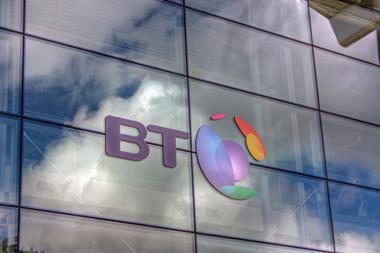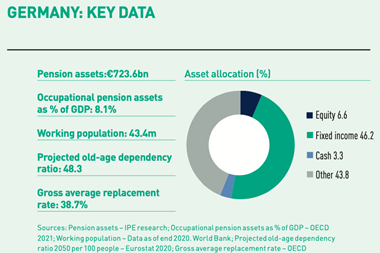The UK’s BT Pension Scheme (BTPS) has released five-year targets to reduce the scope 1 and 2 carbon intensity of its equity and credit portfolio by at least 25% and real estate by at least 33% by 2025.
These targets are aligned with, and a key enabler of, the scheme’s goal to achieve net zero greenhouse gas (GHG) emissions – scope 1-3 – by 2035 across its entire £57bn (€66bn) portfolio, the fund announced this morning.
The targets are consistent with the Net Zero Asset Owner Alliance (NZAOA) and Institutional Investors Group on Climate Change (IIGCC) net zero frameworks.
In the utilities, oil and gas, transport, and steel sectors, which the NZAOA recognises as the hardest sectors to abate, BTPS is targeting higher reductions, it said.
The pension scheme will seek to achieve these targets through a combination of:
- portfolio construction – the natural evolution of the investment portfolio as the scheme de-risks and increased use of emissions data and reporting in scenario analysis and stress testing;
- fund manager mandates – ensuring mandate objectives are aligned with BTPS’s decarbonisation goals and selecting and retaining managers that have a commitment to helping the scheme achieve net zero;
- engagement – actively engaging with the highest emitting companies in the portfolio to ensure they have clear plans to reduce emissions to net zero and requiring managers to follow a clear climate voting policy. Failure to engage or make sufficient efforts to curb emissions after a period of engagement is likely to result in divestment;
- advocacy – co-operating and engaging with other asset owners, policy makers, industry bodies, data providers, and regulators.
BTPS set its net zero goal in October 2020, having accepted that climate change is a clear and present risk to the scheme meeting its long-term financial commitments, not a future risk.
This goal will be achieved by both reducing emissions from the scheme’s portfolio and investing in assets that will support the transition towards a low-carbon economy.
Reducing exposure to carbon emissions over time will improve the stability and predictability of the investment outcomes for the scheme by helping to reduce the impact of future climate risks and should deliver better long-term overall outcomes.
Making investments that aid the low-carbon transition will deliver more sustainable returns to enable the scheme to meet its financial obligations, BTPS stated.
Morten Nilsson, chief executive officer of BT Pension Scheme Management (BTPSM), said: “Setting realistic five-year decarbonisation goals is essential on the path to achieving our 2035 net-zero goal. But we’re under no illusion that reaching our goal will be linear either for us or the wider economy.
“We will remain pragmatic in our approach, learning and adapting so we continue to deliver on both our climate and financial targets.”
Nilsson noted that there are different “credible routes” to a net-zero future, but “every route requires strong commitments, trade-offs and increased policy action from governments and regulatory bodies worldwide”.
Read the digital edition of IPE’s latest magazine
















